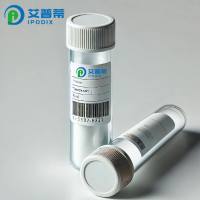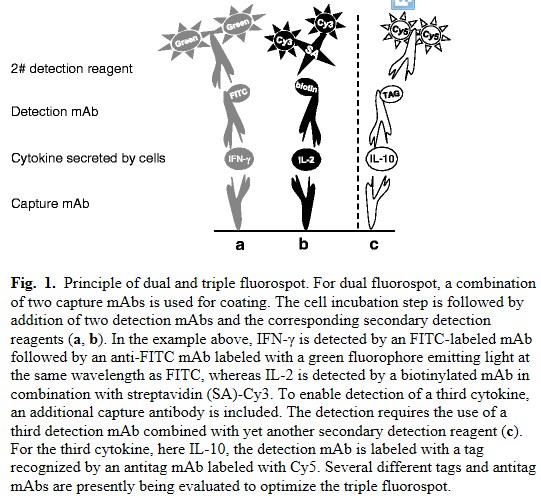Implementation and Application of Pulsed Interleaved Excitation for Dual-Color FCS and RICS
互联网
706
Pulsed interleaved excitation (PIE) employs pulsed laser sources that are interleaved such that differentially colored fluorophores can be measured or imaged quasi-simultaneously in the absence of spectral crosstalk. PIE improves the robustness and reduces data analysis complexity of many fluorescence techniques, such as fluorescence cross-correlation spectroscopy (FCCS) and raster image cross-correlation spectroscopy (ccRICS), two methods used for quantitative investigation of molecular interactions in vitro and in living cells. However, as PIE is most often used for fluorescence fluctuation spectroscopy and burst analysis experiments and utilizes time-correlated single-photon counting detection and advanced optoelectronics, it has remained a technique that is mostly used by specialized single-molecule research groups. This protocols chapter provides an accessible overview of PIE for anyone considering implementing the method on a homebuilt or commercial microscope. We give details on the instrumentation, data collection and analysis software, on how to properly set up and align a PIE microscope, and finally, on how to perform proper dual-color FCS and RICS experiments.










